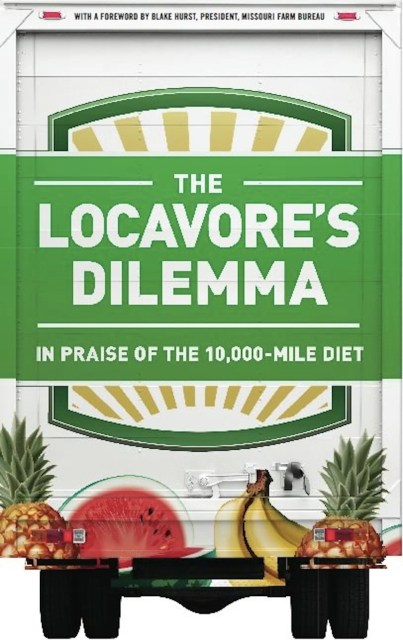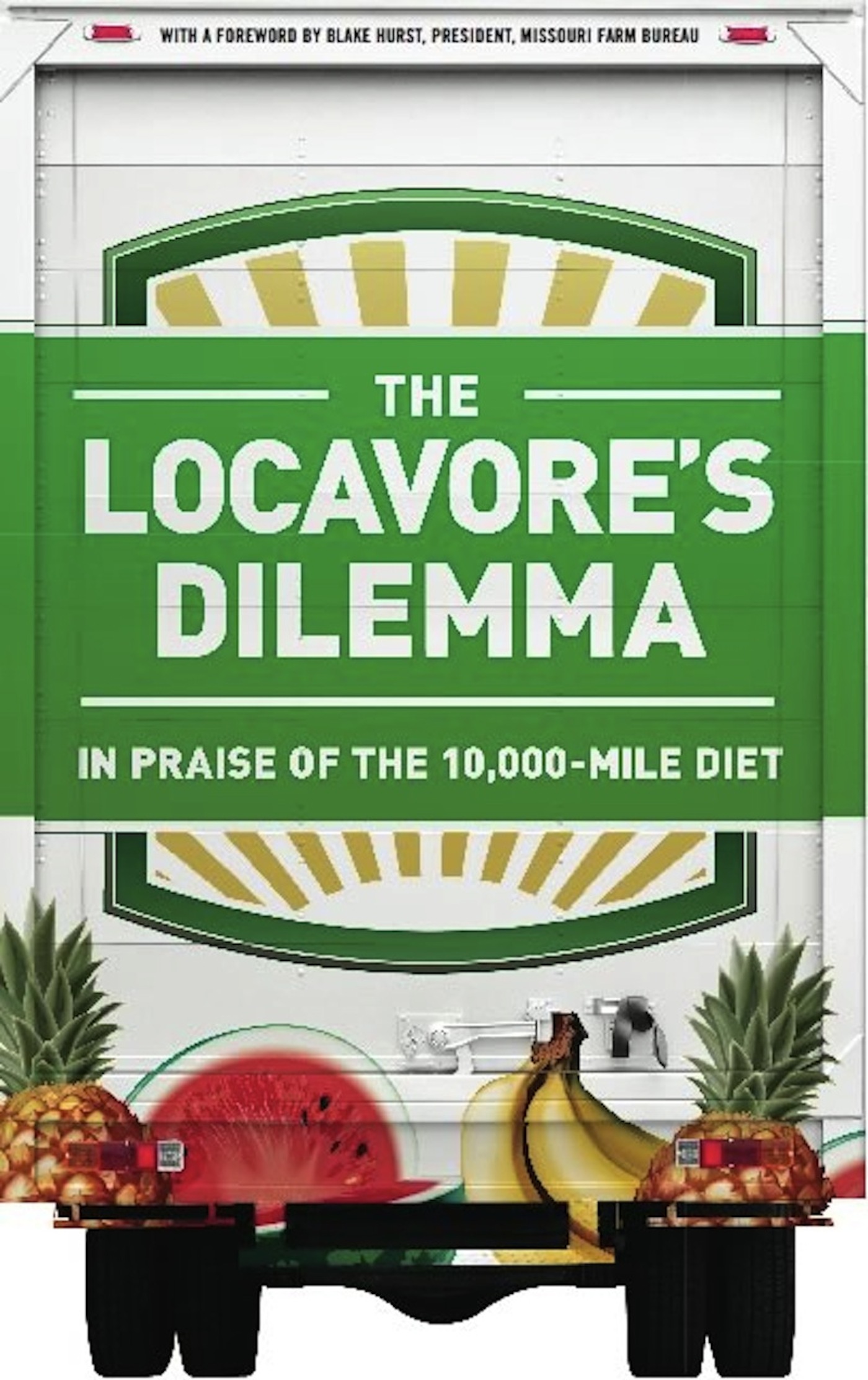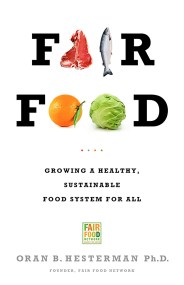Promotion
Use code MOM24 for 20% off site wide + free shipping over $45
The Locavore's Dilemma
In Praise of the 10,000-mile Diet
Contributors
By Hiroko Shimizu
Formats and Prices
Price
$14.99Price
$19.99 CADFormat
Format:
- ebook $14.99 $19.99 CAD
- Hardcover $26.99 $30.00 CAD
This item is a preorder. Your payment method will be charged immediately, and the product is expected to ship on or around June 5, 2012. This date is subject to change due to shipping delays beyond our control.
Also available from:
But after a thorough review of the evidence, economic geographer Pierre Desrochers and policy analyst Hiroko Shimizu have concluded these claims are mistaken. In The Locavore’s Dilemma, they explain the history, science, and economics of food supply to reveal what locavores miss or misunderstand: the real environmental impacts of agricultural production; the drudgery of subsistence farming; and the essential role large-scale, industrial producers play in making food more available, varied, affordable, and nutritionally rich than ever before in history. At best, they show, locavorism is a well-meaning marketing fad among the world’s most privileged consumers. At worst, it constitutes a dangerous distraction from solving serious global food issues.
Deliberately provocative, but based on scrupulous research and incontrovertible scientific evidence, The Locavore’s Dilemma proves that:
Our modern food-supply chain is a superior alternative that has evolved through constant competition and ever-more-rigorous efficiency.
A world food chain characterized by free trade and the absence of agricultural subsidies would deliver lower prices and more variety in a manner that is both economically and environmentally more sustainable.
There is no need to feel guilty for not joining the locavores on their crusade. Eating globally, not only locally, is the way to save the planet.
Genre:
- On Sale
- Jun 5, 2012
- Page Count
- 288 pages
- Publisher
- PublicAffairs
- ISBN-13
- 9781586489410
Newsletter Signup
By clicking ‘Sign Up,’ I acknowledge that I have read and agree to Hachette Book Group’s Privacy Policy and Terms of Use







